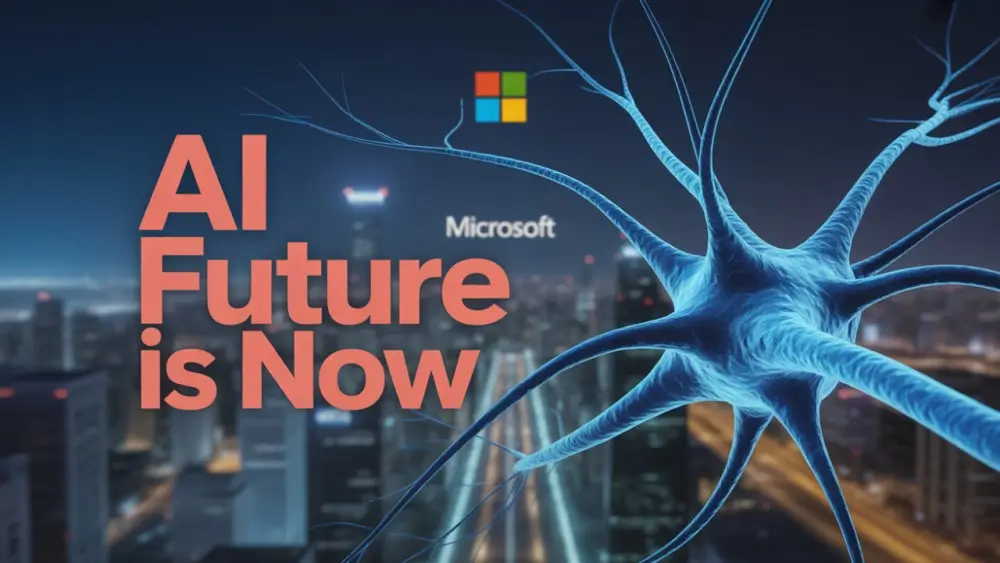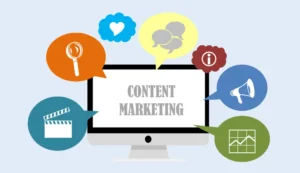The AI landscape is evolving rapidly, and two tech giants – Microsoft and Google – are leading the charge with their AI agent strategies. Both companies envision AI agents as personal assistants that help users accomplish complex tasks, but their approaches reveal distinct philosophies and innovations. Drawing from recent developments, here’s a detailed comparison between Microsoft’s AI agents and Google’s AI agents, highlighting what sets them apart and how they benefit businesses.
Microsoft AI Agents: Teams of Specialized Helpers
Microsoft’s AI agents are designed to work collaboratively in teams, where multiple specialized agents each handle specific parts of a broader task. For example, one AI might generate marketing copy, another manages scheduling, and another analyzes data – all contributing their expertise towards a common goal.
Key Aspects:
- Multiple Agents for One Goal: Up to 10 AI agents can collaborate, each focusing on discrete functions.
- Deep Integration: Seamlessly embedded within Microsoft 365 apps like Word, Excel, Outlook, and Teams.
- Specialized Collaboration: Agents communicate and coordinate their efforts to enhance productivity.
- Ideal for Complex Projects: Great for enterprises and teams handling multifaceted workflows.
Google AI Agents: One Agent, Many Tasks

Google’s approach, showcased in Project Marina, focuses on a single AI agent capable of managing multiple tasks simultaneously. This agent leverages data across the Google ecosystem – Gmail, Calendar, Photos, Maps – to deliver highly personalized, context-aware assistance.
Key Aspects:
- One Agent, Multiple Tasks: A single AI agent works on up to 10 different tasks at once, optimizing resource use.
- Personalized Context: Uses your data and history to provide relevant, customized responses.
- Seamless Interaction: Designed to feel like working with a human assistant.
- Powered by Gemini AI: Enhances conversational, visual, and analytical capabilities.
- Integration with Google Tools: Extends across Google’s suite, including enhanced search and video tools.
Comparing the Approaches
| Feature | Microsoft AI Agents | Google AI Agents |
| Number of Agents | Multiple agents per project (up to 10) | Single agent handling multiple tasks (up to 10) |
| Collaboration Style | Team of specialized agents | One multitasking agent |
| Integration | Microsoft 365 ecosystem | Google ecosystem and Gemini AI |
| Personalization | Limited to Microsoft tools | Deep personalization using user data |
| User Experience | Coordinated teamwork | Natural, human-like interaction |
| Target Users | Enterprises and collaborative teams | Broad professional and consumer use |
What This Means for Businesses
Both Microsoft and Google AI agents aim to transform productivity by automating complex workflows and offering smart assistance. Microsoft’s multi-agent system excels in managing complex, multi-step projects, making it suitable for enterprise teams needing specialized support across departments. On the other hand, Google’s all-in-one agent delivers a highly personalized and context-rich experience that can simplify workflows for individual professionals and marketers, enhancing creativity and efficiency.
Businesses can benefit from:
- Faster, smarter workflows
- Reduced operational costs
- Enhanced collaboration and personalization
- Access to integrated AI tools across productivity suites
Conclusion
Microsoft and Google are shaping the future of AI-driven productivity with two distinct, yet powerful, AI agent models. Whether you prefer the specialized teamwork of Microsoft’s agents or the seamless multitasking of Google’s single agent, both promise to revolutionize how businesses and individuals create, collaborate, and work smarter. Embracing these innovations will be key to staying competitive in an increasingly AI-powered world.





